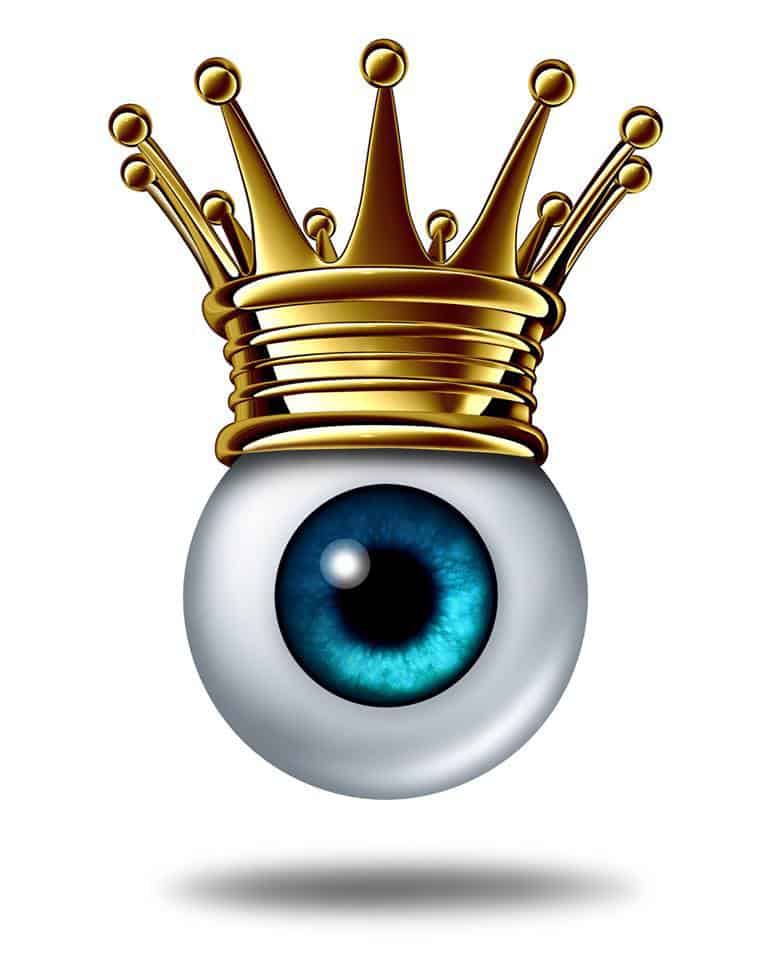Lens implants (IOL’s) and new lifestyle choices.
Multi-focal IOL’s.
Multi-focal lenses are designed to better mimic the eye’s natural ability to change focus. They provide a better range of vision from distance to intermediate to near vision. They are similar to the progressive lenses people wear in their glasses.
Some multi-focal IOL’s are designed to adjust the lens focus for far and nearby flexing backwards or forwards. Other implants are designed with multiple optical zones with each section having a different focusing power for the different distances. As with basic intraocular lenses, there may be some glare or streaks around lights initially. However, intermediate and near vision improves throughout the healing phase. This is because the brain learns to adapt to this new focusing ability.
Mono vision
This is a technique where an IOL is placed in one eye for near vision and another IOL with a different power is placed in the other eye to correct far vision. Again the brain that remarkable organ learns to adapt. There are some people however who have problems adapting.
Toric IOL’s
Astigmatism is caused by an irregularly shaped cornea. This can lead to blurred or distorted vision. In many cases astigmatism can be corrected during cataract surgery. This is done by implanting toric IOL’s. These lenses are very effective in eliminating astigmatism and may be a good option for some people.
Aspheric, contrast enhancing IOL’s
These new designs improve the ability to see in low light conditions such as driving at night, snow, rain and fog.
More than 20/20 Vision?
Recently, there has been a lot of buzz about what we call HD (high definition) vision. There are several new techniques on the market. One is a combination of Cataract surgery and Lasik surgery to develop vision that sometimes can be better than 20/20.
The other HD vision procedure involves first implanting a special light sensitive silicone lens into the eye using the standard procedure for cataracts. After that the focus can be fine tuned by shining ultraviolet light on specific parts of the lens. This changes the shape and curvature of the lens, thereby sharpening the image seen by the patient.
The procedure can be used to correct distance, intermediate and near vision accurately, thereby possibly eliminating the need for glasses.
The lens can be altered many times over a period of several days until patients have near perfect vision then a final blast of light permanently fixes the lenses’ shape.
“REMEMBER TO KEEP AN EYE ON YOUR EYES”
- 10 SIGNS YOU NEED AN EYE EXAM - May 20, 2018
- WORLD GLAUCOMA WEEK - March 11, 2018
- The Importance OfEye Exams - February 5, 2018

Recent Comments